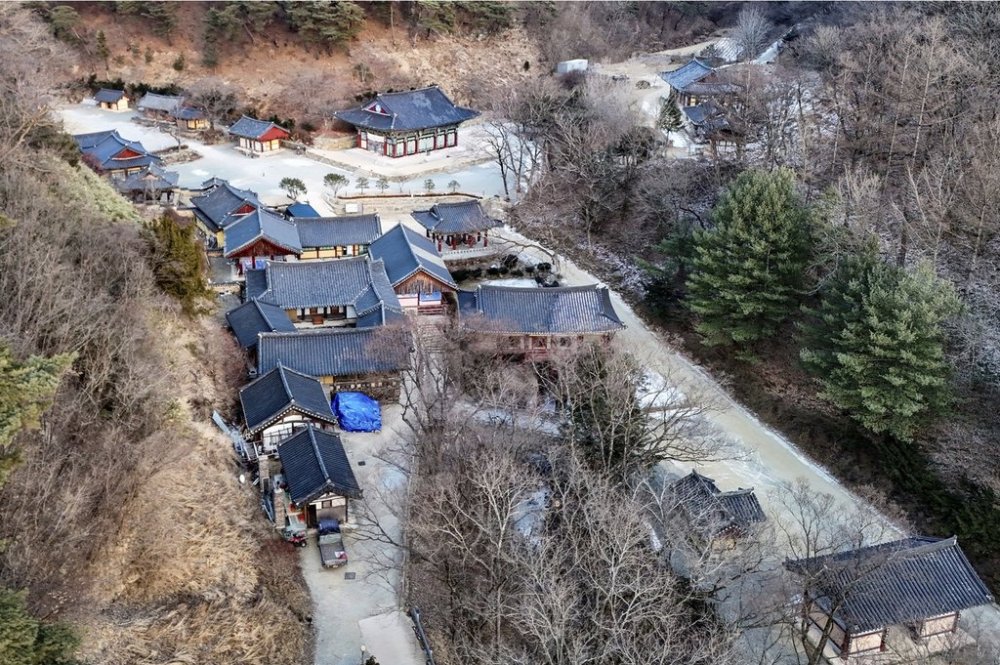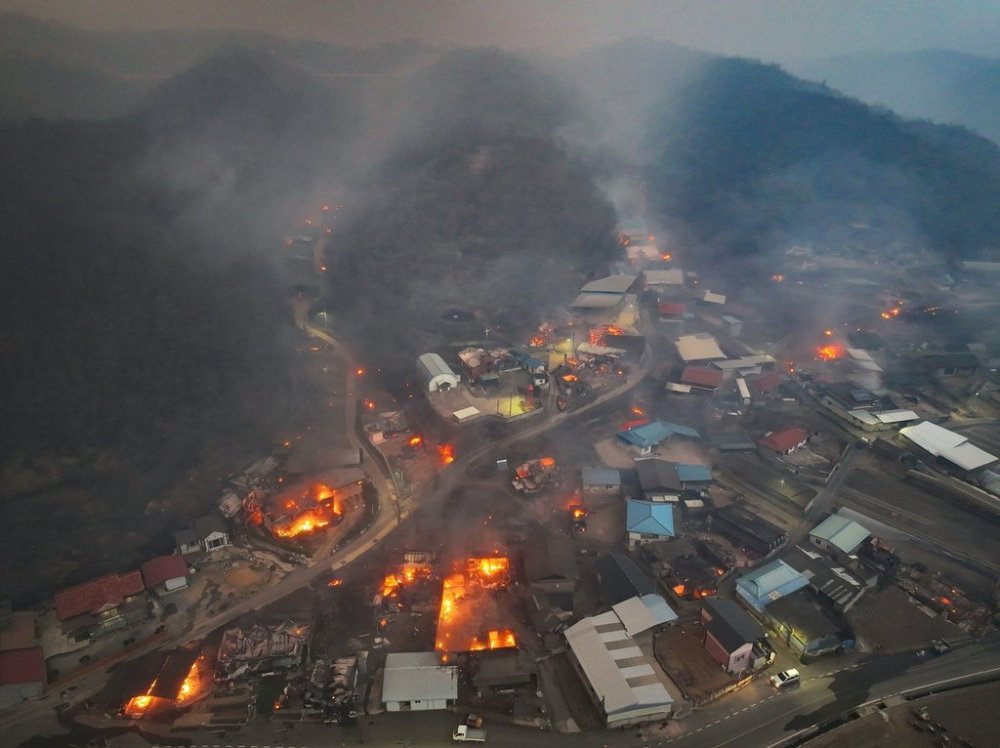South Korea’s centuries-old Gounsa temple is left in ruins by unprecedented wildfires
Advertisement
Read this article for free:
or
Already have an account? Log in here »
To continue reading, please subscribe:
Monthly Digital Subscription
$0 for the first 4 weeks*
- Enjoy unlimited reading on winnipegfreepress.com
- Read the E-Edition, our digital replica newspaper
- Access News Break, our award-winning app
- Play interactive puzzles
*No charge for 4 weeks then price increases to the regular rate of $19.00 plus GST every four weeks. Offer available to new and qualified returning subscribers only. Cancel any time.
Monthly Digital Subscription
$4.75/week*
- Enjoy unlimited reading on winnipegfreepress.com
- Read the E-Edition, our digital replica newspaper
- Access News Break, our award-winning app
- Play interactive puzzles
*Billed as $19 plus GST every four weeks. Cancel any time.
To continue reading, please subscribe:
Add Free Press access to your Brandon Sun subscription for only an additional
$1 for the first 4 weeks*
*Your next subscription payment will increase by $1.00 and you will be charged $16.99 plus GST for four weeks. After four weeks, your payment will increase to $23.99 plus GST every four weeks.
Read unlimited articles for free today:
or
Already have an account? Log in here »
Hey there, time traveller!
This article was published 26/03/2025 (227 days ago), so information in it may no longer be current.
SEOUL, South Korea (AP) — Unprecedented wildfires ripping through South Korea’s southern regions have destroyed large parts of an ancient Buddhist temple complex, burning down two buildings that had been designated national treasures.
Five days of wildfires, considered among South Korea’s worst, have left 24 people dead, destroyed more than 300 structures and forced more than 28,000 residents to evacuate, officials said Wednesday.
The Gounsa temple was reportedly originally built in 681 A.D. during the Shilla dynasty that ruled more than half of the Korean Peninsula. It is nestled at the foot of Deungun Mountain in the southeastern town of Uiseong. While it doesn’t house buildings constructed during that ancient period, it is home to several famous cultural heritages built later.
The temple was engulfed in flames on Tuesday as strong winds fanned the wildfires. About 20 of its 30 buildings and structures were completely burned down, including the revered Gaunru, a pavilion-shaped structure built in 1668 overlooking a stream, and Yeonsujeon, built in 1904 to mark the longevity of a king, according to the state-run Korea Heritage Service.
Both were constructed during the Joseon dynasty, the last one on the Korean Peninsula, and were given the government designation of “treasure,” a status given to old buildings, paintings and other cultural assets with historic and artistic significance and which receive state-level protection and maintenance.
“I went there this morning and found they’ve been reduced to heaps of ashes,” said Doryun, a senior monk who had lived at the temple for more than three years when he was younger. “I feel really empty. Life is transient.”
Doryun now works for a Buddhist organization in charge of the temple. He said that monks and Buddhist faithful managed to move the temple’s third “treasure,” a stone Buddha statue reportedly built in the 8th century, to a safe place.
“Many buildings were burned down, but we moved and protected other sacred assets so that we can maintain the temple. We feel it’s very fortunate,” Doryun told The Associated Press over the phone.

Doryun also said about 20 monks and other workers live at the temple, but none have been injured.
The Korea Heritage Service said the temple’s two other lower-level cultural assets, including a stone pagoda, have also been found intact.
The Free Press acknowledges the financial support it receives from members of the city’s faith community, which makes our coverage of religion possible.






